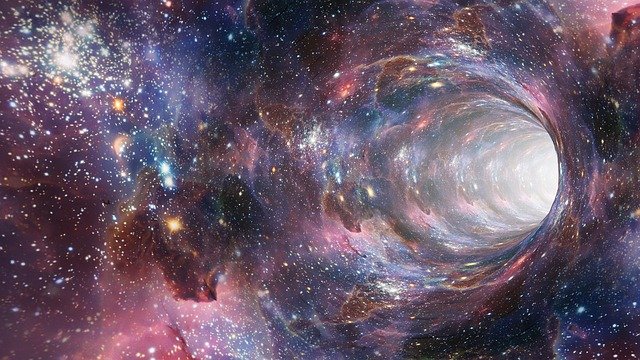The particle physicists explain the latest thinking on what happens to the stuff that falls into black holes – and what it reveals about the deepest structure of the universe
Nabil Nezzar
A black hole is a region of space so dense that nothing, not even light, can move quickly enough to escape. At least that was the thinking until the 1970s, when Stephen Hawking calculated that black holes aren’t completely black after all. Instead, Hawking argued, they slowly give off radiation – now known as Hawking radiation – that eventually means the black hole will evaporate.
Hawking’s calculations created a problem. Quantum theory says information can never vanish, so what happens to the information that has fallen into the black hole? Where does it go? This is the black hole information paradox. It has troubled physicists for decades because it highlights the profound disconnect between general relativity, Albert Einstein’s theory of gravity from which black holes were summoned, and the laws of quantum theory that govern the subatomic realm.
Now, we seem to be on the cusp of a resolution to this, with huge consequences for how we understand the cosmos at its most fundamental. All of which is the subject of a forthcoming book called Black Holes: The key to understanding the universe by Jeff Forshaw and Brian Cox, both particle physicists at the University of Manchester, UK.
New Scientist spoke to them about the latest thinking on the black hole information paradox, what it reveals about where space-time comes from and why the deep structure of the universe looks surprisingly similar to a quantum computer.
Abigail Beall: When most people think of black holes, they probably think of big things in space like collapsing stars and huge …

